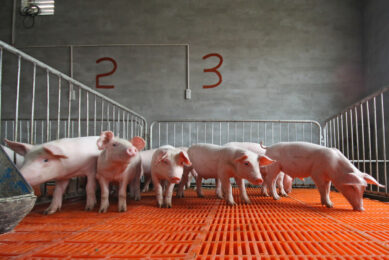JRP 2022: Trade disruption, microbiota and boar taint
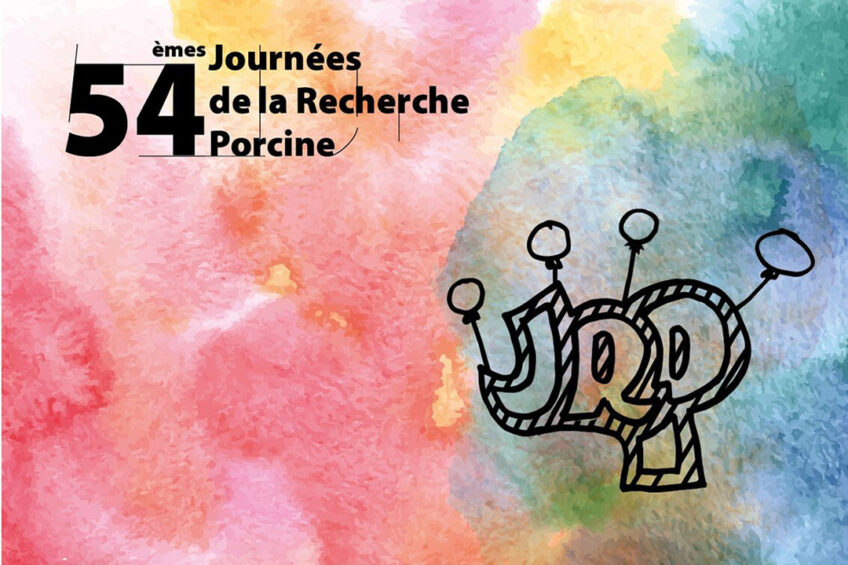
The 2022 edition of the French Swine Research Days (JRP) was entirely held digitally, due to the Covid-19 pandemic. The annual scientific event, held on the brink of January and February, managed to attract 500 participants – all joining from their offices and homes. Interesting topics included presentations on pork trade disruption in the EU and how to reduce boar taint.
The 54thedition of the JRP, co-organised by the French Pork and Pig Institute (IFIP) and the French National Institute for Agricultural and Environmental Research (INRAE), took place on January 31 and February 1. Despite the online character, the key figures were impressive, with more than 110 papers being shared on 2 days, of which 40 oral presentations and 70 posters, exposed in a virtual room. Around 400 authors and co-authors were present, coming from 115 R&D organisations from 15 different countries at various continents. As usual, the JRP covered all aspects of pig production, from genetics to processing.
Trade inside Europe: disruption of the dynamics
The market for meat cuts is at the heart of intra-European trade. Each year, nearly 8 million tonnes of pork products are traded between member states of the European Union (EU), or around 1/3 of the EU-28 production (EU-27 only came into existence in 2021, when the UK had left the union, ed.). Of those pork products, cuts represent 60% of the trade, whereas processed products, bacon and offal also contribute greatly.
A study presented by Elisa Husson from IFIP presented a deeper insight into the characteristics of the EU market and highlighted dynamics of the types of products exported as well as its main trading partners. Since 2000, trade in pork products has grown steadily, especially in boneless cuts. That is in line with increasing EU production and the search for added value, which pushes operators to produce cuts. However, the usual dynamics have been disrupted of late for various different reasons, like an increase of exports to Asia, especially China, over the past 3 years; the Covid-19 crisis in 2020; and the emergence of African Swine Fever in Germany. The map of trade within Europe has been drawn again, with a sharp drop in exports of cuts.
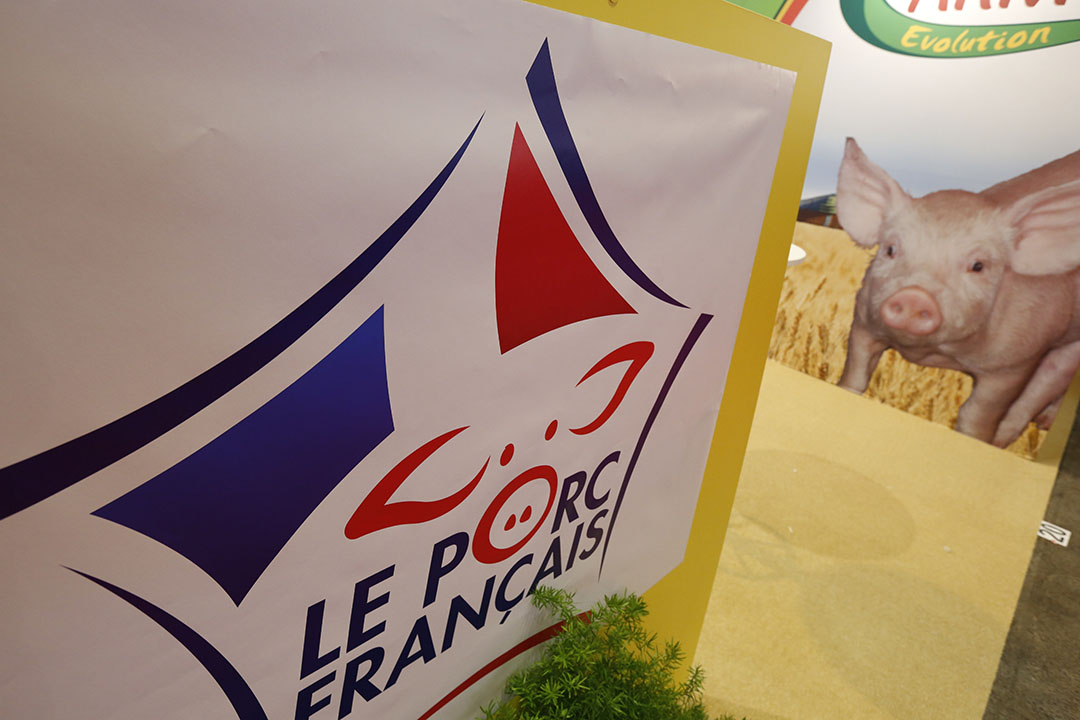
Compared to 2019, total imports in 2020 fell by 6% – the largest drop ever. Among the largest EU importers, Italy’s imports fell by 6%, those of Germany by 11% and those of the United Kingdom by 4%. Not all flows were impacted in a similar fashion by the slowdown of trade within Europe. Sales of fresh, chilled and frozen meats recorded a decline of 9% in 1 year while the less processed pieces (with bone) declined more strongly, by 11%. Boneless pieces showed a decline of 7% in 1 year. The trade in processed products remained virtually stable.
In Germany, ASF led to a loss of major international outlets and the European market has almost become the only refuge for German exporters. This situation has led to a significant decrease in prices in all the European pig sectors. German companies have been able to improve their competitive position within the EU, constraining other EU exporting countries to offer products at lower competitive prices in order to maintain their clientele.
Microbiota and feed efficiency
In the genetics and quality sessions, an interesting presentation was given by Hélène Gilbert about “using intestinal microbiota information to explain and predict feed efficiency in pigs.”
Gilbert is attached to the research unit GenPhySe, affiliated to INRAE and the Toulouse Veterinary School. She said, “In the ANR project MicroFeed, we quantified the contribution of intestinal microbiota to the variability in feed efficiency (Feed Conversion Ratio (FCR) and residual feed intake) and in digestive efficiency (digestive coefficients of energy, organic matter and nitrogen).”
In a first experiment, pigs were genetically contrasted for residual feed intake (divergent lines). In a second experiment, 2 groups of genetically related pigs were fed a conventional or high-fibre diet, and digestive coefficients were available. Linear mixed models with or without an additive genetic effect were used to estimate the percentage of variance in efficiency traits due to changes in faecal microbiota composition (“microbiability”).
For FCR and residual feed intake, microbiota contributed 12-28% of the variance, with no effect of the diet, and heritability estimates were higher than microbiability estimates. For digestive coefficients, microbiability ranged from 0.44-0.68, while heritability was lower (0.25-0.32). All digestive efficiency estimates were higher in the high-fibre diet.
Gilbert concluded, “With these 2 experiments, we have shown that the information of the composition of the intestinal microbiota helps to explain the variance of feed and digestive efficiency traits. It also seems that this information explains a higher variance proportion than the genetic information for the digestive efficiency characters, especially when the feed contains dietary fibre, which was expected given the digestive physiology.”
Feeding strategies to reduce boar taint in meat
Growing concerns about animal welfare has led to questioning of the practice of early surgical castration without pain management, in main pig producing countries in Europe. Switzerland banned live surgical castration without pain management in 2009, Denmark did so in 2019, and so did Germany early 2021. In France, surgical castration without pain treatment was prohibited on December 31, 2021. In other words, male pigs are now either entires, immuno-castrates, or castrated after use of anaesthetics and/or analgesics in accordance with the conditions and derogations established by the French ministry in charge of agriculture.
With a low carcass adiposity, entire males have a lower intramuscular lipid content than females and barrows, which decreases the organoleptic meat quality, and adipose tissues of which fatty acids may be highly unsaturated, modifying the technological aptitude of dry cured products.
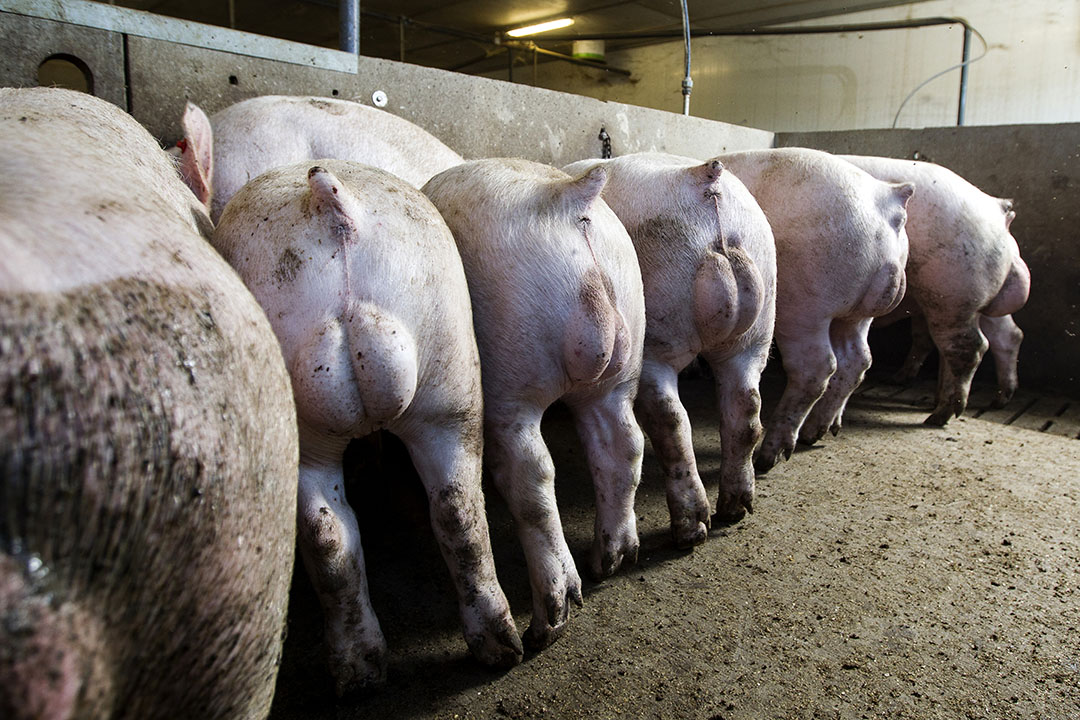
In his presentation, Giuseppe Bee from Agroscope in Switzerland said, “From a nutritional point of view, raising male pigs without surgical castration imposes 3 major challenges.”
- The first challenge is to adapt the feeding strategy in order to cover nutritional requirements for efficient protein deposition without excessive feed cost or environmental impact due to nutrient waste;
- The second challenge is to formulate feeds that nourish the pig and directs its microbiota. The constraints of formulation and choice of raw materials must reduce the production of skatole and indole by favouring the incorporation of tryptophan which reaches the large intestine in bacterial biomass rather than its use as energy substrate;
- The third challenge is to optimise the formulation of feed given to immuno-castrated pigs after the second vaccination.
He said, “We have the main solutions to the different challenges today, but they still need to be further exploited.”
The available results are not always consistent due to various factors, such as the type of breed or crossbreed, the rearing conditions and diets. In the future, it will therefore be necessary to adopt a more comprehensive approach that takes into account the impact of the whole diet, with its benefits on performance, risk of odours, quality products, well-being, health and, of course, profitability.
Alternative systems for pig breeding
The breeding of pigs in alternative systems was the subject of a synthesis in the session dedicated to animal health, presented by Maxime Delsart from the French Agency for Food, Environmental and Occupational Health and Safety (ANSES) and the Veterinary School of Alfort, France.
It is difficult to define a single alternative breeding system, she indicated, as they are so varied, ranging from farming on straw to pastoral livestock, through organic livestock or free-range farming. They all have in common that they are different from conventional farming, in confinement on slatted floors, and benefit from a very positive societal image. Those farms have real strengths.
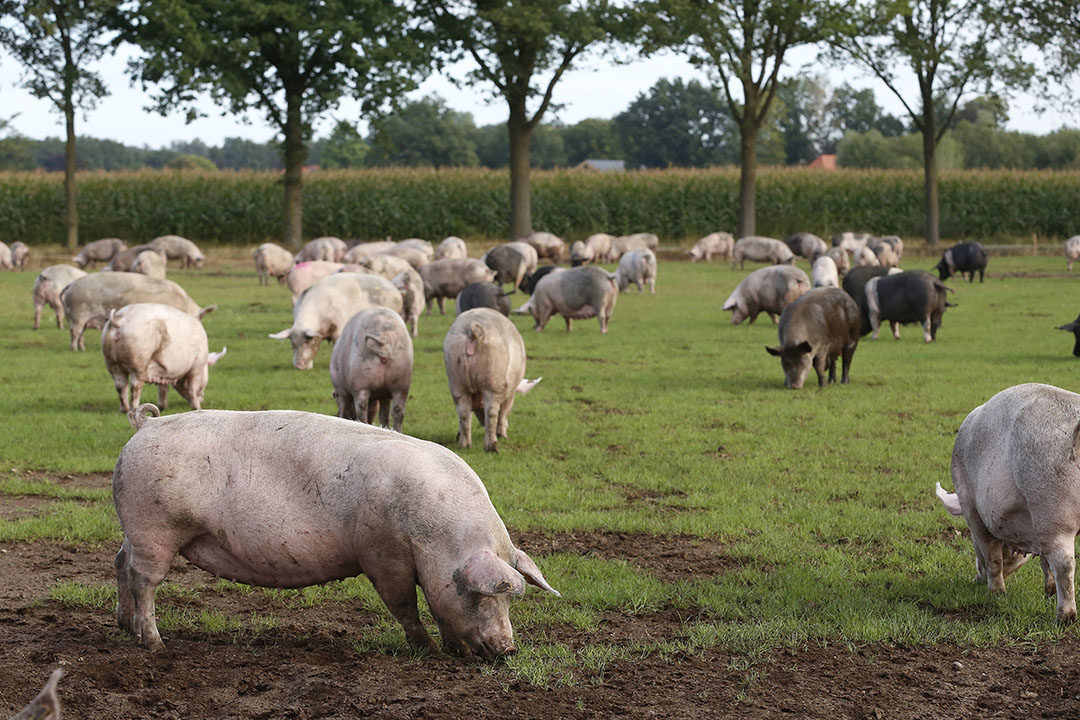
They also present major challenges, she explained. Getting this type of production in line with biosecurity is no doubt the most important and most difficult, to avoid contamination of farms, which will have an impact on animal health and meat safety. Paradoxically, efforts also need to be made on animal welfare, while the consumer acclaims these systems especially for that reason.
Delsart said, “All these elements should be considered as a whole, and despite the wealth of the literature, few studies address alternative breeding as a whole. To ensure sustainability from these farms, it is still necessary to produce knowledge to better understand strengths and limitations.”





